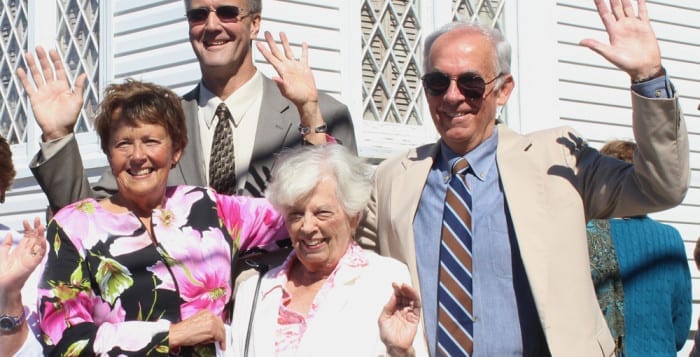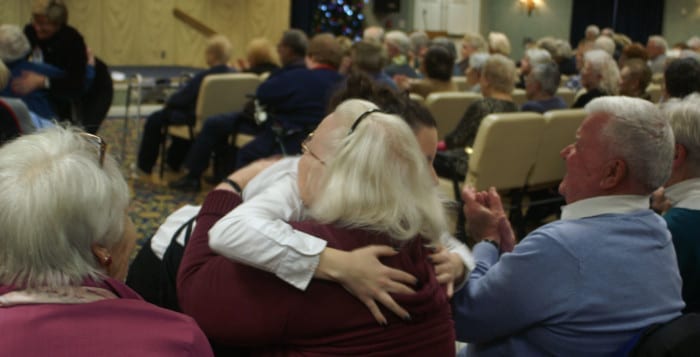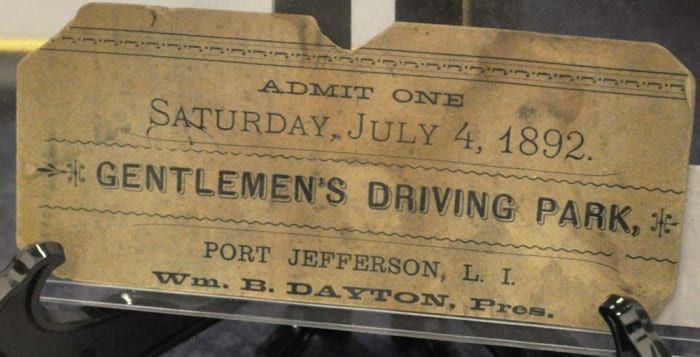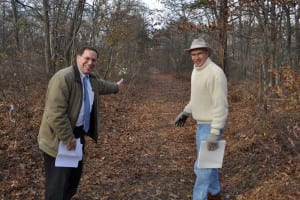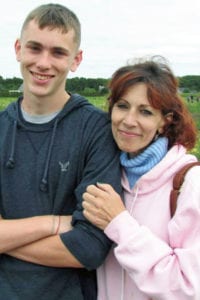By Mallika Mitra & Elana Glowatz
Through hard work and dedication, pieces of Port Jefferson’s history that were lost or crumbling have been restored, preserving tales of the village’s past for future generations.
The historic First Baptist Church building that was once languishing has been renovated and a landmark fountain that disappeared from its front lawn at East Main Street and Prospect Street has been returned.
For their efforts in keeping village history alive while beautifying the area, the Island Christian Church, led by the Rev. Pete Jansson, as well as community volunteers Kathy O’Sullivan, Ken Brady and Sandra Swenk, are some of our People of the Year.
The Biddle Fountain, donated by famous village resident John Biddle in 1898, was once a gathering place in the village, a focal point of parades and other events. Unfortunately, a couple of decades later it became difficult to maintain and when Brookhaven Town removed it to widen the intersection at East Main and Prospect streets, it was lost to history. But our People of the Year stepped in, bringing in a replica of the fountain that sits in front of the church building, now the home of Island Christian Church, as it did before, many years ago.
After the fountain was put in place, Laura Schnier, a member of the church who was on the committee for the Biddle Fountain project, added plants.

Each volunteer played a vital role in bringing the fountain replica to the village.
According to Jansson, Brady, the village historian, brought all of the knowledge about the original fountain, put out a search for the lost landmark and then searched for a replica of the old fountain.
The Rev. Joe Garofalo of the Island Christian Church, which also has locations in Northport and Holtsville, said Brady has “a wealth of information.”
Port Jefferson Village’s digital photo archive, which Brady set up and includes numerous historical images, proved helpful during the Biddle Fountain project, Brady said.
The historian, in turn, said Swenk, a former village mayor, was helpful in reaching out to people for fundraising.
“Sandra has really great ideas,” Jansson agreed. “She put tremendous effort into connecting with people in the neighborhood and soliciting money.”
According to O’Sullivan, Swenk has always been involved in the beautification of the village and keeping the historical aspect of the town alive.
“Sandra is very concerned about the town,” Schnier said.
For her part, O’Sullivan “was the driving force in the whole project” and stayed with it through several setbacks, such as early trouble with fundraising, Brady said.
“She is a good leader,” the historian said. “She brings out the best in people.”
O’Sullivan has watched the church transform over the years, since her father was a minister at the First Baptist Church of Port Jefferson from 1978 to 1980. The struggling church had its last service on July 4, 2010, before it was renovated and became the Island Christian Church.
“It was such a small church with no money at all,” O’Sullivan said. “It was extraordinarily wonderful to see how they rebuilt the church.”
She said in a previous interview that though she is not a member of Island Christian Church, after she saw the building’s renovation and the good it did for the village, she decided to return the favor by lending her help to the fountain project.
Jansson, who began leading the Port Jefferson congregation once the Island Christian Church opened, said, “We wanted to restore it back to what it used to look like in the 1850s.”

